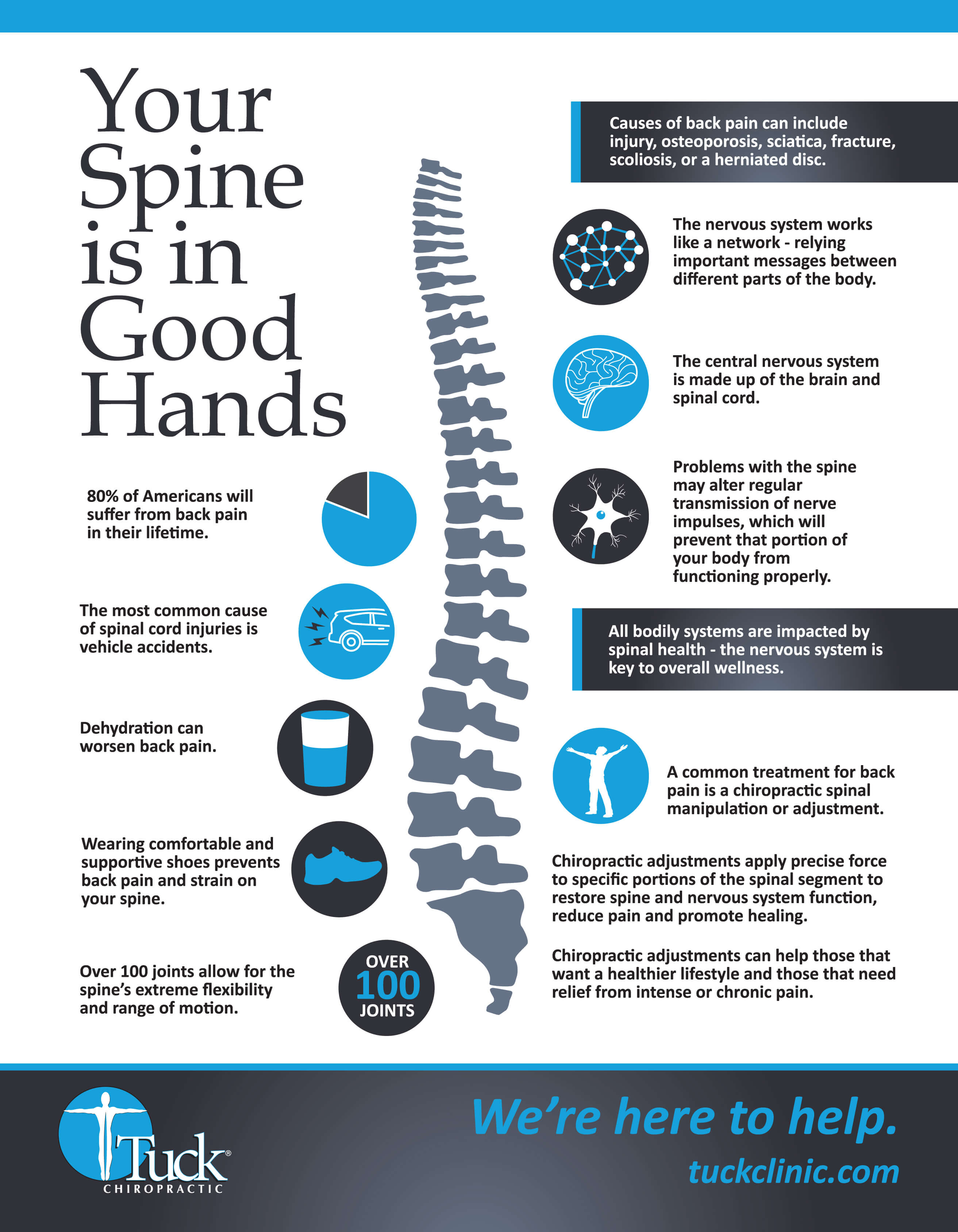Prepare Yourself To Reveal The Captivating Mobile Interactions Related To Cold Laser Therapy And Its Usage Of Light For The Purpose Of Recovery. Check Out The Depths Of Scientific Research Even Better!
Prepare Yourself To Reveal The Captivating Mobile Interactions Related To Cold Laser Therapy And Its Usage Of Light For The Purpose Of Recovery. Check Out The Depths Of Scientific Research Even Better!
Blog Article
Content By-Rush Kornum
You may have come across cold laser treatment as an encouraging treatment alternative for numerous conditions, however have you ever before asked yourself how it in fact works on a cellular level? Recognizing the mechanisms behind this therapy can shed light on its effectiveness in promoting healing and reducing swelling. By discovering the scientific research behind cold laser treatment, you'll gain insights right into the interesting methods which light can affect mobile processes and facilitate cells repair work.
Just How Cold Laser Therapy Works
To recognize exactly how cold laser treatment works, you need to comprehend the essential concepts of just how light power engages with biological tissues. Cold laser therapy, also referred to as low-level laser treatment (LLLT), uses specific wavelengths of light to penetrate the skin and target underlying tissues. Unlike the intense lasers made use of in surgeries, cold lasers give off low degrees of light that don't generate warmth or cause damages to the cells.
When these mild light waves reach the cells, they're soaked up by elements called chromophores, such as cytochrome c oxidase in mitochondria. This absorption sets off a series of organic actions, consisting of boosted cellular power production and the launch of nitric oxide, which improves blood flow and reduces inflammation.
Moreover, Read Home can also promote the manufacturing of adenosine triphosphate (ATP), the power money of cells, aiding in cellular repair work and regrowth procedures.
Basically, cold laser treatment harnesses the power of light power to advertise recovery and relieve discomfort in a non-invasive and gentle way.
Devices of Activity
How does cold laser treatment in fact work to create its restorative effects on biological cells?
Cold laser therapy, likewise called low-level laser therapy (LLLT), runs via a procedure referred to as photobiomodulation. When the cold laser is put on the skin, the light energy penetrates the cells and is soaked up by chromophores within the cells.
These chromophores, such as cytochrome c oxidase in the mitochondria, are then promoted by the light energy, leading to a cascade of organic reactions. One crucial device of action is the improvement of mobile metabolism.
pain relief laser therapy absorbed light energy increases ATP manufacturing in the mitochondria, which is critical for mobile function and repair work. Additionally, https://www.straight.com/life/1369121/laser-therapy-helps-treat-fertility-pain-and-accelerates-healing assists to decrease inflammation by preventing inflammatory mediators and promoting the launch of anti-inflammatory cytokines.
This anti-inflammatory effect contributes to discomfort relief and cells recovery.
Healing Effects
Comprehending the therapeutic results of cold laser treatment includes identifying just how the boosted cellular metabolic process and anti-inflammatory residential or commercial properties add to its favorable results on organic tissues.
When the cold laser is put on the affected area, it stimulates the mitochondria within the cells, causing boosted production of adenosine triphosphate (ATP), which is critical for mobile function and repair work. This increase in cellular energy accelerates the recovery procedure by promoting cells regrowth and decreasing swelling.
In addition, the anti-inflammatory residential or commercial properties of cold laser therapy aid to reduce pain and swelling in the targeted area. By preventing inflammatory arbitrators and promoting the launch of anti-inflammatory cytokines, cold laser therapy help in relieving discomfort and enhancing the overall recovery feedback.
This reduction in swelling not just provides immediate relief yet additionally supports lasting cells repair.
Final thought
In conclusion, cold laser therapy works by boosting mobile repair service and tissue regeneration via photobiomodulation. Its anti-inflammatory buildings provide pain relief and decrease swelling by preventing inflammatory moderators.
This therapy provides an extensive technique to recovery, delivering both immediate alleviation and long-term tissue fixing benefits.
With its devices of activity, cold laser treatment proves to be an effective and promising therapy alternative for a selection of conditions.
